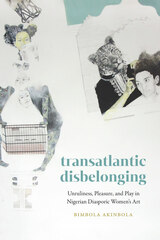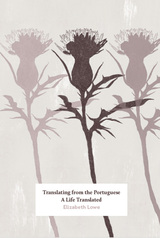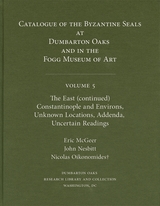
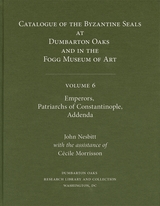
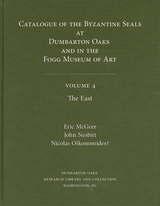
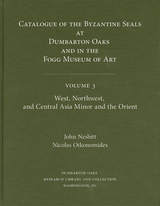
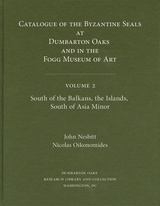
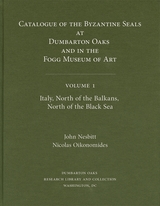
The vast collection of 17,000 Byzantine lead seals in the Harvard collections has long been recognized as an important source for the study of the Byzantine provinces. This volume, the first in a series of catalogues of geographical seals, covers the Empire’s western territories and its possessions North of Thessaly.
The sections begin with a short essay on the region’s location and history. Each seal is illustrated and is accompanied—where appropriate—by full commentary regarding the specimen’s date, biographical information on its owner, peculiarities of orthography, and special features of iconography. These small seals are a large contribution to historical geography, the evolution of the Byzantine provincial administration, prosopography, development in the Greek language, and decorative vogues.
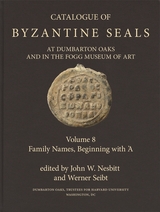
READERS
Browse our collection.
PUBLISHERS
See BiblioVault's publisher services.
STUDENT SERVICES
Files for college accessibility offices.
UChicago Accessibility Resources
home | accessibility | search | about | contact us
BiblioVault ® 2001 - 2025
The University of Chicago Press


